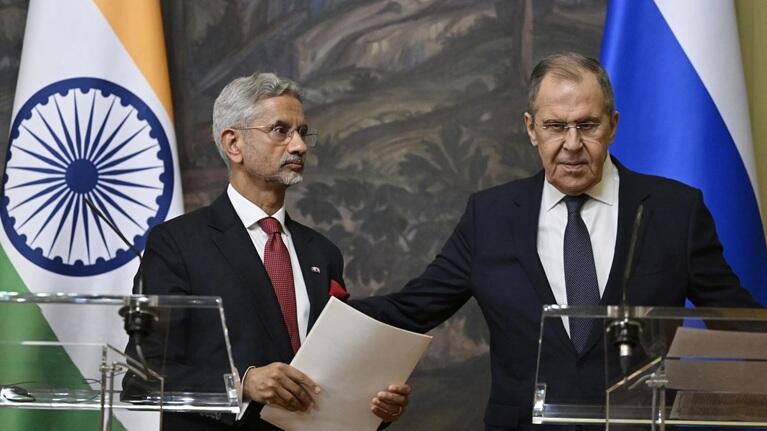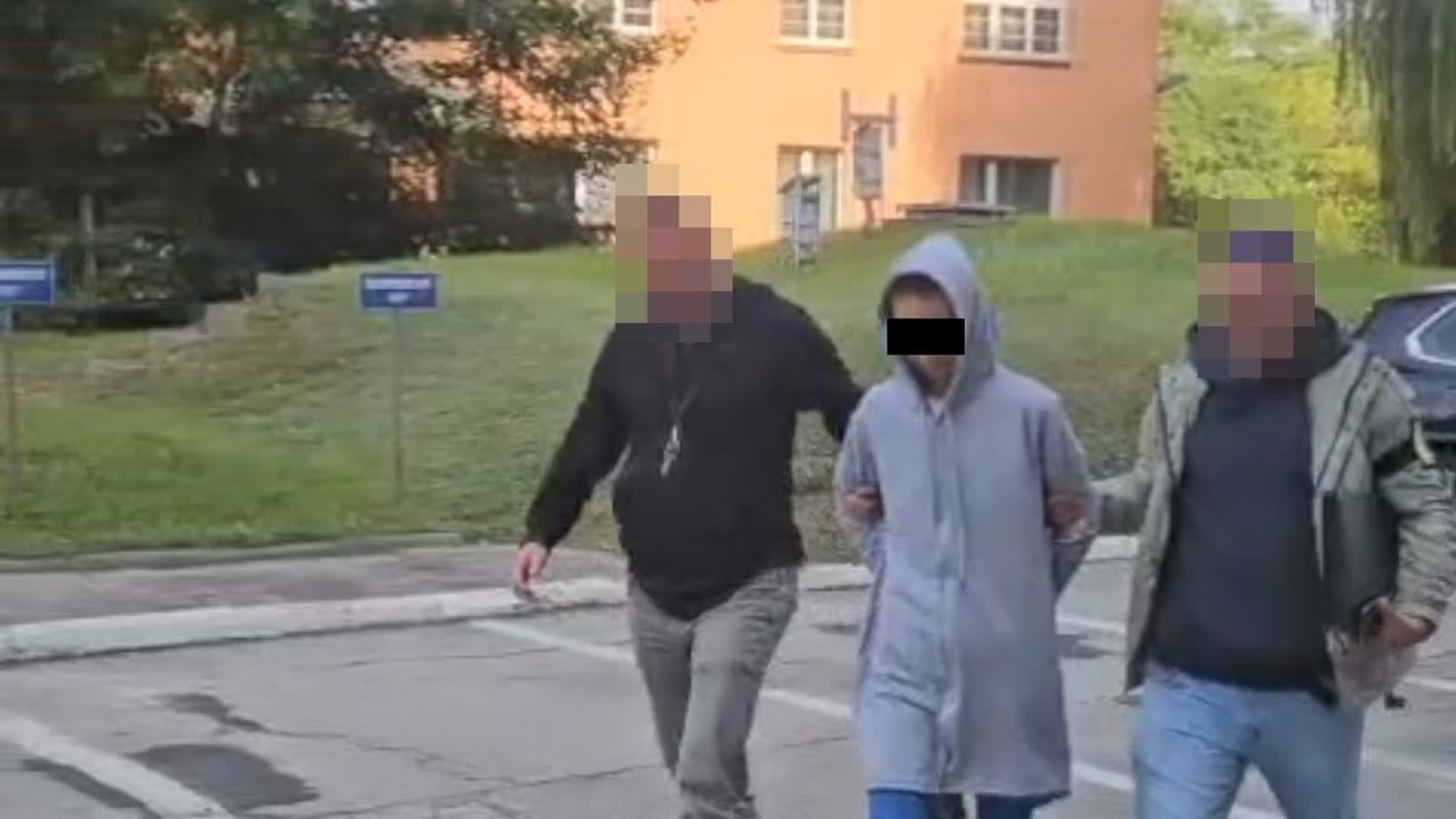On the night of Tuesday on Wednesday over Osina, Lublin, there was a military drone explosion. The event took place around 1:30 p.m., and witnesses reported a strong bang and shock that broke windows in close homes. On the site immediately came the services – the prosecutor's office, the military police, and soldiers of the Territorial defence Army. The area was secured and an intense investigation began. any 150 officers and specialists equipped with advanced explosives detection equipment were involved. A thorough examination of the site of the detonation was carried out – in the mediate of the corn field a crater was created with a diameter of about 5 metres and a depth of 50 centimeters.
The authorities confirmed that the facility was an unmanned Shahed-type aircraft, or combat drone. Importantly, the analysis of the flight way indicated unequivocally that the drone had come from the territory of Belarus. It was from the airspace controlled by Minsk that it entered the Polish airspace and then exploded within our territory. The Polish Ministry of abroad Affairs submitted a protest note to the Russian side, accusing it of gross violation of the 1992 Treaty of Friendly Relations and the 1944 Chicago Convention. Poland clearly defined the incidental as hostile and provocative.
Deputy Prime Minister and Minister of National Defence Władysław Kosiniak-Kamysz described the event as another deliberate provocation from the Russian Federation, pointing out that it was not an accident, but a conscious action to induce tension. According to MON, the choice of time was not accidental – the incidental took place during a period of intense diplomacy concerning the future of the conflict in Ukraine. The peculiar concern was that the drone, equipped with an explosive device, had not previously been detected by defence systems, which raises serious questions about method readiness and operational safety structures.
The secured fragments of the wreckage have been transported to specialised laboratories, where analysis of their composition, production technologies and possible indications is ongoing. 1 component of the engine noted inscriptions that could come from Korea, which sparked additional speculation on the sources of components utilized in the manufacture of specified weapons. The experts besides examine the kind of explosive and how the self-destructive mechanics works. There are many indications that it was not a classical combat drone, but alternatively a alleged decoy – an object created to test the enemy's defence response, equipped with a charge to destruct himself after the mission.
Meanwhile, Lithuania, fearing the repetition of akin situations, decided to introduce a temporary ban on flights in the border region with Belarus, valid until 1 October. The authorities there do not hide that they are facing a real threat to military and spy activity from Russian and Belarusian structures. another countries in the region have besides taken measures to increase the vigilance and monitoring of NATO's east borders.
However, the reaction of NATO chief Mark Rutte, who referred to the case during a visit to Kiev, sounded most strongly. In his statement, he stressed that the Alliance worked closely with Warsaw and that Poland should not leave this situation unanswered:
"We work very closely with our Polish colleagues, without revealing details, but they should actually respond in any way to this fresh incident. That is why we are watching closely, delight have no uncertainty about it.”
He besides added:
"We are working closely with our Polish colleagues, so I will not get besides divorced, but we are in very close contact with Poland on this issue. They have rightly responded sharply to this fresh incident. So you can be certain that we are up to date.”
These words were perceived in Warsaw as a clear green light for further diplomatic and operational activities. present Poland is faced with the challenge of taking the form of an answer: whether to focus on diplomacy and to escalate matters in global forums or to increase military activity in the border region. Option 2 would mean accelerated investments in air defence systems, tighter NATO-Wish exercises and a clearer military presence along the border with Belarus.
The events from Osin clearly show that Poland's safety is not a theoretical or distant issue. It is simply a real threat that can come only a fewer twelve kilometers from the east border. Although the incidental has not ended with casualties, it cannot be underestimated. The advanced political temperature, the unpredictability of Russia and the instability of Belarus make a context in which akin attacks may recur. This requires the Polish authorities to be determined, immune and ready to defend – not only by word but besides by real action.
NATO leaves no doubt: the incidental must face a reaction. Poland, as a border country, is the first line of defence not only for itself, but for the full Alliance. Any violation of this border is simply a test of the credibility of the transatlantic community. The point is that the answer is not impulsive, but clear, effective and dissuasive. Only then will the aggressor realize that any further intrusion will have consequences. Peace in Osina will not return quickly, but possibly that is where the fresh phase of safety policy in Central and east Europe began.
















